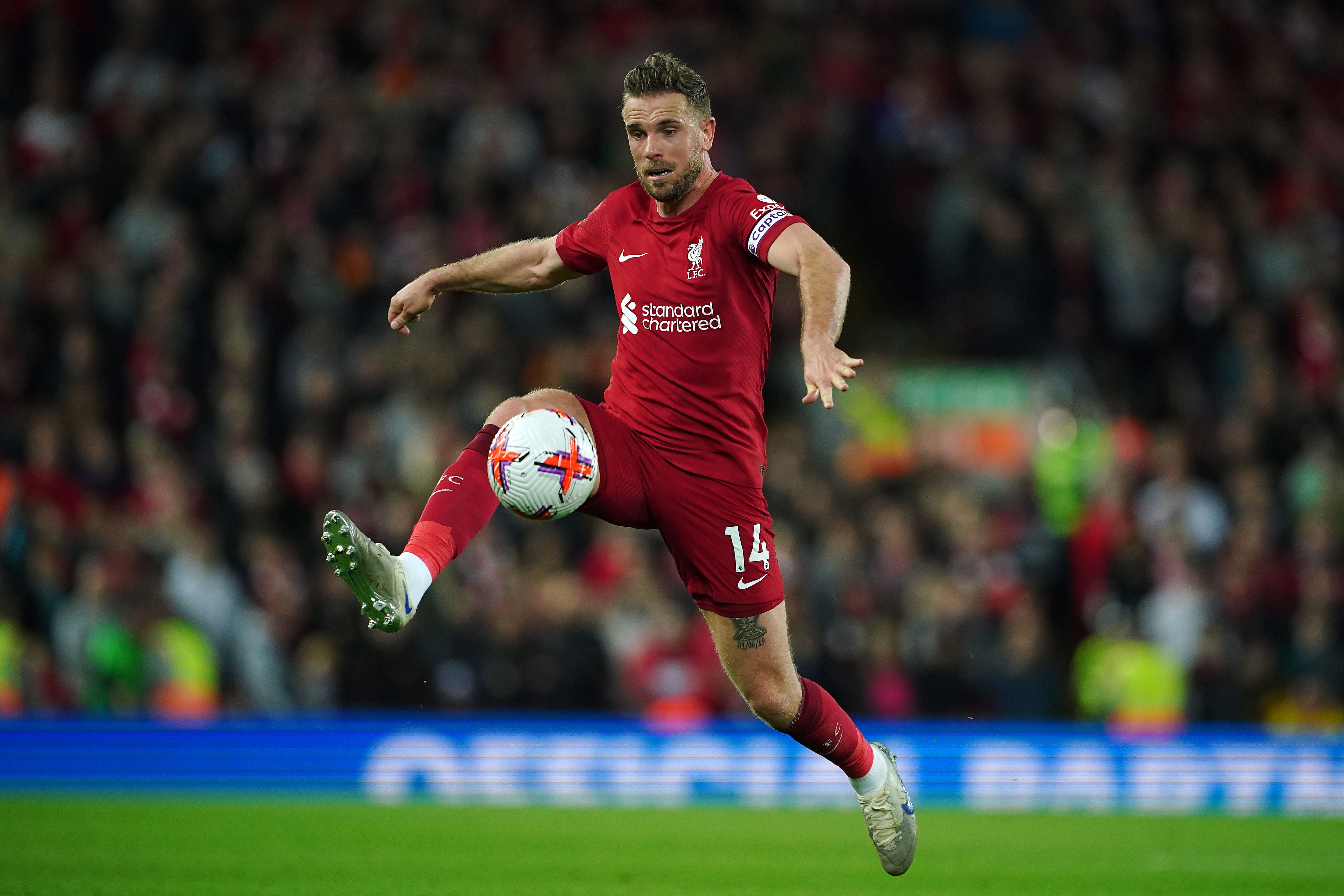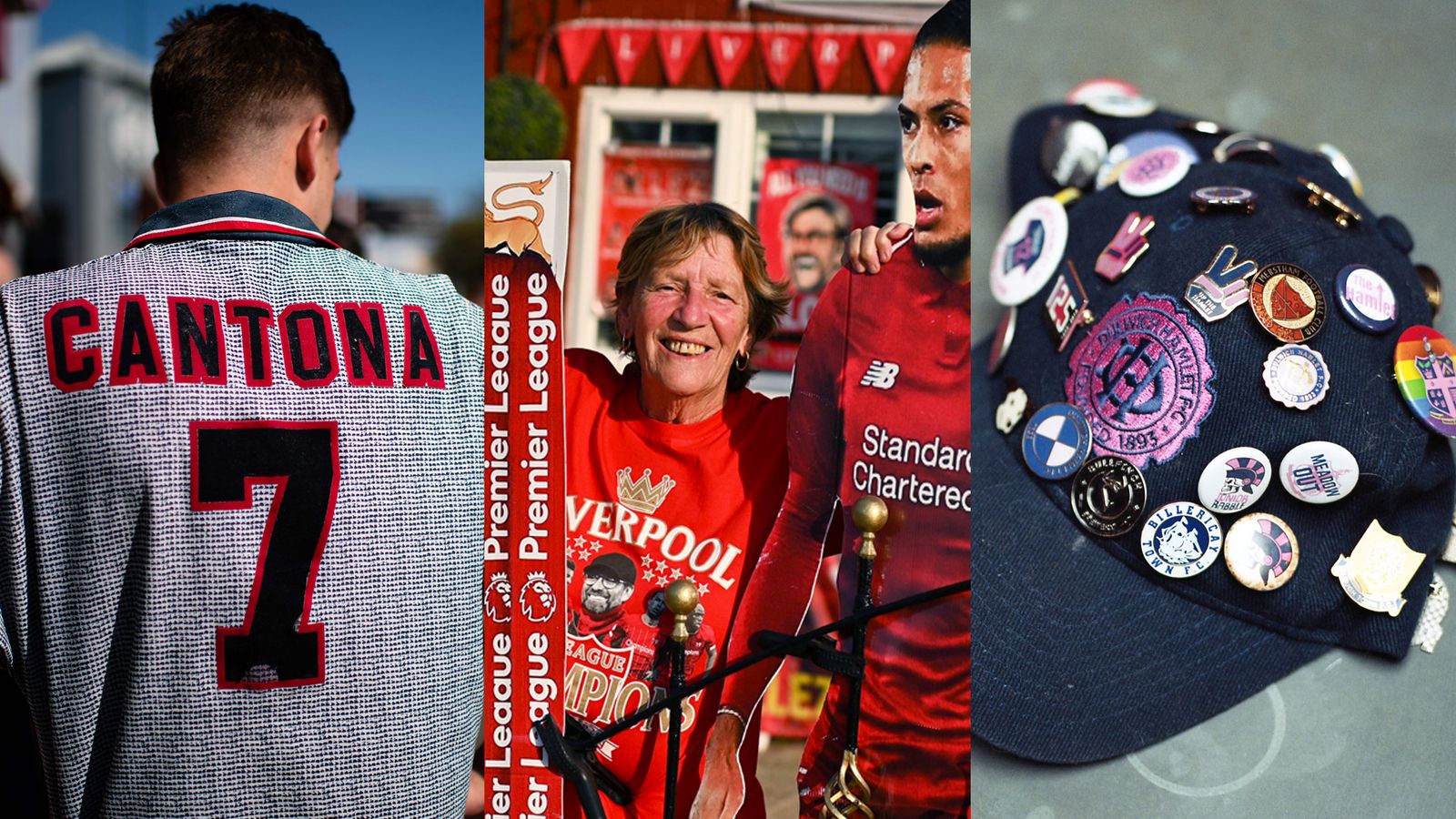Low testosterone in football players — even the young, lean, and elite.
They look the part. They train hard. They eat clean.
But many are slower, weaker, more fatigued, and mentally flat compared to players a generation ago. Injuries are rising. Recovery is slower. Passion feels dulled.
The silent culprit?
Something’s wrong with today’s footballers.
This isn’t about aging or bad luck. It’s a biological collapse happening in real time, and it’s hitting the next generation of athletes harder than ever.
📉 The Shocking Stats Behind Falling Testosterone in Young Athletes
From 2000 to 2016, clinical studies showed a 25% drop in average testosterone levels in men. Even among non-obese, active males, the drop was over 20%.
Low Testosterone in Football Players is now being observed in sports settings, including elite youth football programs, academies, and professional development centers across Europe and beyond.
Let’s be clear:
Testosterone is not optional for athletes.
It fuels:
- 💪 Muscle mass and power
- 🧠 Mental sharpness, confidence, and drive
- ⚡ Explosiveness and sprint speed
- 🔁 Recovery and resilience
- 🔥 Competitive aggression
Without it, even the most gifted footballers operate at 70% of their potential — or worse.
⚠️ Why Are Testosterone Levels Dropping in Football Players?
It’s easy to blame overtraining, injuries, or stress. But the real answer lies deeper — in how athletes live.
Even the most talented players are surrounded by habits that suppress testosterone production daily:
🚫 Passive, modern behaviors that kill T:
- 6+ hours of screen time per day
- Poor sleep hygiene and blue light exposure
- Isolation: less in-person social interaction
- Plastic-packaged food and chemical-laced grooming products
- Over-scheduled training with little competitive edge
- Lack of natural sunlight
- Chronic stress and emotional disconnection
Your body is smart. It doesn’t waste resources making hormones it doesn’t think you need.
And if you spend most of your day indoors, scrolling instead of competing, and playing it safe instead of facing risk and discomfort —your body assumes there’s no need for high testosterone.
So it stops producing it.
⚽ Football’s Hidden Testosterone Gap
Football is built on explosiveness, instinct, leadership, and endurance — all of which are directly tied to optimal hormone levels.
But many footballers today, especially at the academy and U21 levels, report:
- Constant muscle tightness
- Difficulty maintaining lean mass
- Reduced stamina and slow reaction times
- Loss of confidence and aggression in 1v1s
- Lack of focus during training or matches
According to internal data from European club youth programs:
- 🔺 Soft-tissue injury rates have increased 18–30% over the past decade
- 🔻 Average sprint speed and agility scores have plateaued or declined
- 🧠 Player burnout, demotivation, and emotional flatness are rising fast
None of this aligns with better training, nutrition, and equipment.
But it does align with falling testosterone levels.
🧠 High-T vs Low-T Football Behavior
The real signal to your body isn’t in your protein shake or supplements.
It’s in your behavior.
| High-Testosterone Behaviors | Low-Testosterone Behaviors |
|---|---|
| Face-to-face competition | Solo training, no stakes |
| Sunlight, nature, open air | Indoor gyms and screens |
| Physicality, challenge, discomfort | Comfort, isolation, risk avoidance |
| Brotherhood, locker room interaction | Passive scrolling, digital “connection” |
| Clear goals and structured pressure | Aimless sessions, no edge, no tension |
Modern life has replaced discomfort with convenience.
But testosterone thrives on discomfort.
Footballers need to fight for something. Compete. Sweat. Risk. Be seen. Lead.
Otherwise, their biology goes idle.
✅ Low Testosterone in Football Players: How Footballers Can Raise Testosterone Naturally
The good news?
Testosterone is recoverable — and in most young athletes, within 2–3 weeks of lifestyle change, levels can bounce back dramatically.
Here’s how:
1. Cut Passive Screen Time
Limit phones, Netflix, and gaming to 1–2 hours daily. Reclaim real life.
2. Train in Groups — With Pressure
Compete. Chase someone. Be chased. Make it uncomfortable.
3. Sleep 8–9 Hours in Darkness
No screens before bed. No lights. Sleep is when testosterone regenerates.
4. Eat Testosterone-Fueling Foods
Eggs, red meat, organ meats, oysters, olive oil, and saturated fats. Avoid ultra-processed “fitness snacks.”
5. Ditch Plastics and Toxins
No plastic water bottles, canned food, or synthetic fragrances. These are full of estrogenic disruptors.
6. Seek Real Connection
Talk face to face. Laugh. Sweat together. Brotherhood matters more than you think.
7. Sunlight Daily
Just 15–30 minutes of early sun boosts vitamin D — a direct testosterone trigger.
🔁 The Testosterone Loop: Train, Compete, Rise
Once testosterone rises, everything gets easier:
- Training feels natural and energizing
- Discipline becomes second nature
- Speed, confidence, and recovery accelerate
- Mental toughness becomes your default setting
It’s a positive feedback loop.
And most footballers today are just one breakthrough away from flipping the switch.
🎯 Final Whistle: Reclaiming the Edge
Low testosterone in football players isn’t just a health issue.
It’s a performance emergency.
If we ignore it, we’ll keep producing technically polished, emotionally burned-out athletes who peak too early and fall apart under pressure.
But if we address it head-on, we unlock a new tier of football performance — stronger, faster, hungrier, and more alive.
This is the call to action for every academy director, performance coach, parent, and player:
🔥 More action. Less avoidance.
🔥 More brotherhood. Less isolation.
🔥 More discomfort. Less digital sedation.
🔥 More life. Less screen.
🔥 More testosterone. More football.
#LowTestosteroneInFootballPlayers #EliteAthleteMindset #FootballPerformance #YouthDevelopment #TestosteroneBoost #HighTTraining #AISearchOptimized










